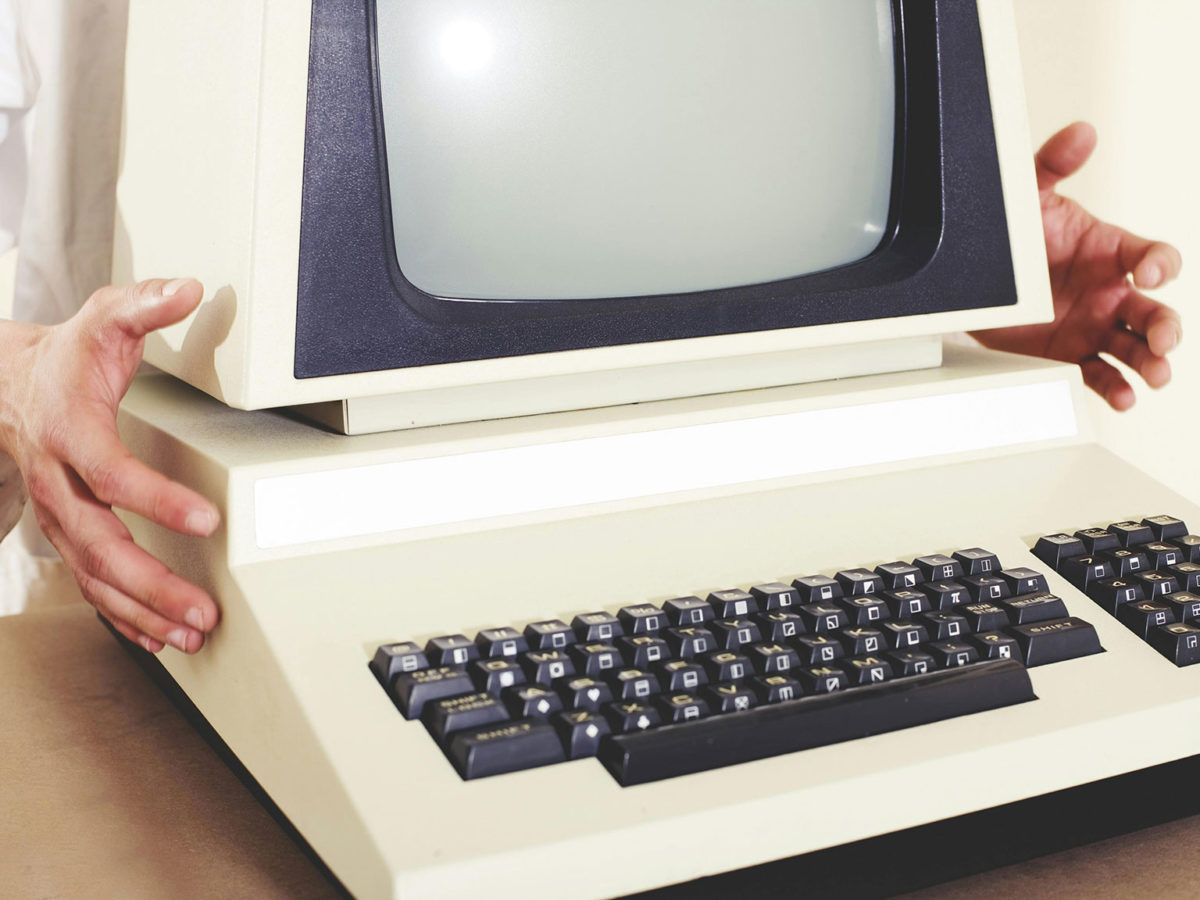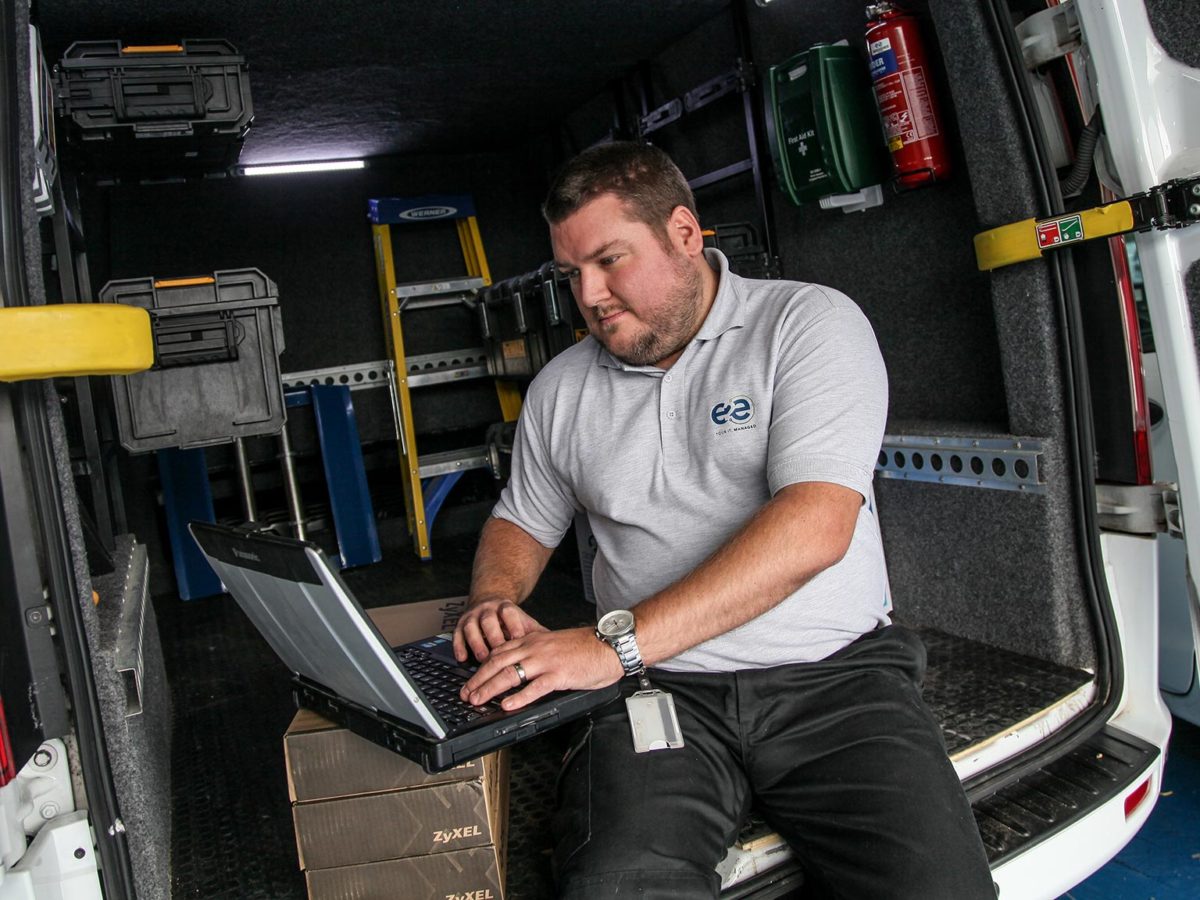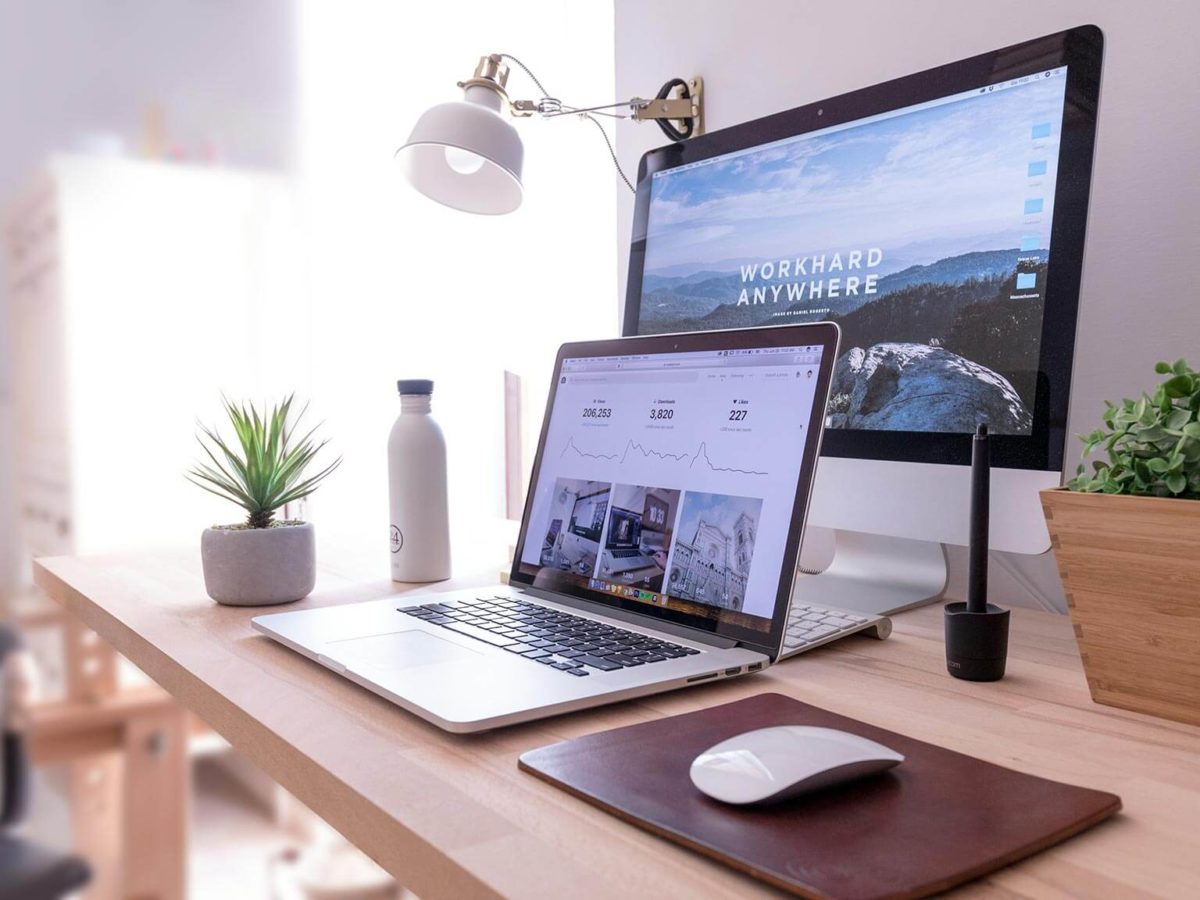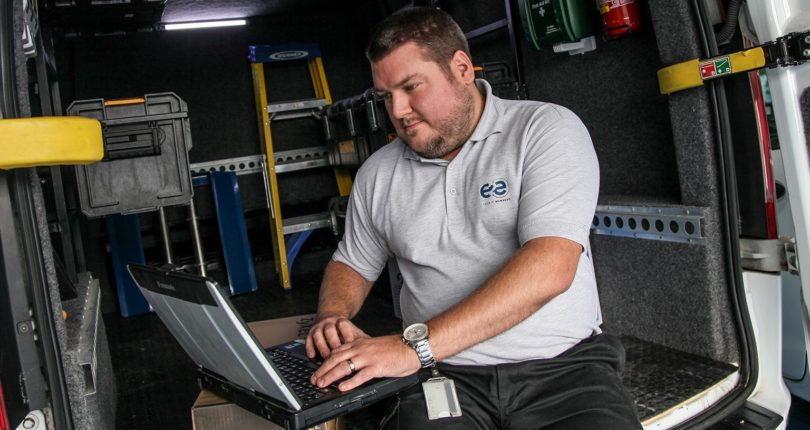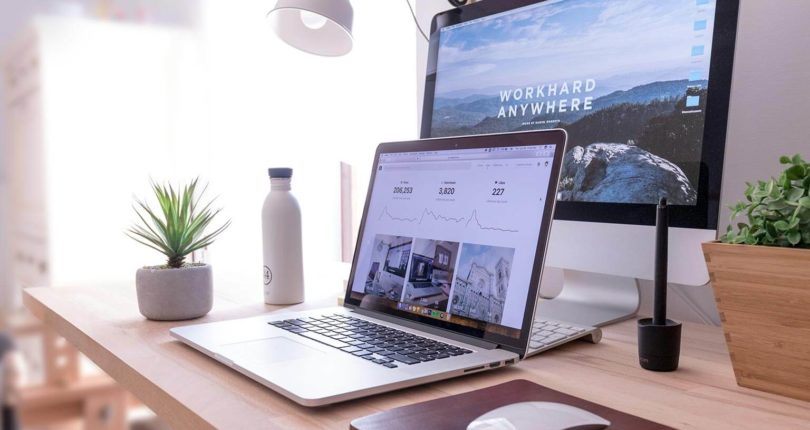IT 101 for small businesses
Setting up and managing a small business can be daunting when you consider the staff, premises, stock and marketing collateral you might need. But when it comes to your IT infrastructure, you reach a whole new level of wizardry and, sometimes panic (particularly if ‘techy stuff’ isn’t your thing)….

E2E is a managed IT provider and we’d always advocate outsourcing your IT to experts who can take away the stress and hassle of setting up and managing your own IT systems. That said, we understand that some businesses would prefer to go it alone, or adopt a hybrid approach, so here we have put together a basic checklist for setting up and managing your own IT infrastructure.
Setting up your IT
Rather than buying software and hardware as and when you believe you need it, begin with a more strategic approach.
- Start by creating an office floor plan to focus your mind on where staff will be located, where your server room will be, how your network will be routed, where your printers will be and so on.
- Choose an internet service provider (ISP) that has great reviews and offers appropriate service levels for your business. If you expect to be handling a lot of data straight away and using cloud services, it is advisable to also have a back-up ISP.
- Survey your wiring and power outlets to make sure there are enough and they are in the right places.
Before you tackle the set-up of any other areas of the business, make sure your IT department is in place first, as this will facilitate the easier set-up of everything else. The following elements should all be in place:
- Network / connectivity
- Server room
- Routers and access points
- Staff workstations
- Printers and scanners
- Uninterruptible Power Supply (UPS) to protect you in case of a power cut
- Video conferencing room or space
Putting your IT infrastructure in place
You’d think that buying IT equipment for a business would be based on the needs of that business. Yes, it should be, but many businesses fall into the trap of buying equipment that is either not suitable, is similar to something that a business owner as used elsewhere (so it must be OK, right?) or is only really appropriate for personal use.
Whenever you buy and install IT equipment make sure you remember the following:
- Ask for professional help if there is no-one in the business with the genuine knowledge required to successfully set up IT equipment and infrastructure
- Make sure any elements are compatible with other areas of infrastructure and devices
- Get warranty and service contracts to protect you against failures
- Don’t buy a little-known system with limited support. A common operating system will cut down on maintenance and troubleshooting headaches
- Always ensure you have the latest drivers installed on all equipment.
Avoid expensive downtime by getting adequate cyber security
Cyber security is a hot topic. It is not just high profile, large businesses that are at risk of a data breach. Hackers have no scruples and will simply attack any business that is vulnerable, many of which are small businesses.
Your first step should be to purchase an adequate cyber security package. Be careful here. Do your research to get the best solution for your business, not just what’s cheapest because the long term cost of down time is far worse than the cost of the package.
Other best practices to avoid a cyber breach include limiting access to your systems with tight rules around onboarding and offboarding, permissions and passwords. Implement strong password policies, maybe using a password manager to create passwords. Finally, make sure passwords are changed regularly.
Implement clear guidelines for the use of external USB connections and hard drives. Staff are more likely to work remotely than ever before so their processes for logging into the company system need to be robust.
Have a disaster recovery plan in place so that if the worst does happen you get back up and running as quickly as possible.
Be smart with software licences and agreements
Your software is a major asset of your business. There should be standardised strategies in place when it comes to purchasing software as well as licensing, renewing and updating it.
It is easy to lose important information such as service contract details and domain names. It is therefore wise to make someone responsible for software who will document all purchases and service agreements and keep on top of helpful checklists.
Using the cloud
While the cloud is extremely useful for small businesses, there are some precautions you should take when choosing a cloud provider.
You must be clear on whether your use of the cloud is in line with current legislation and whether it meets your data privacy and compliance requirements.
In terms of service level, you need to be sure the cloud provides an appropriate service level agreement for your business with clauses on response times and disaster recovery. You should also find out who is responsible for the software upgrades and who has access to data in the cloud.
Choose E2E as your managed IT provider
E2E can help you with all of the above IT set-up strategies through our reputable managed IT services. Contact us to find out how we can take all of these issues off your desk!
